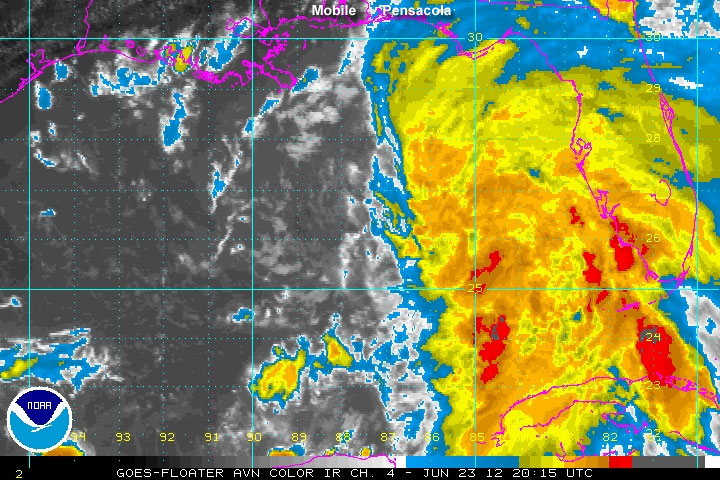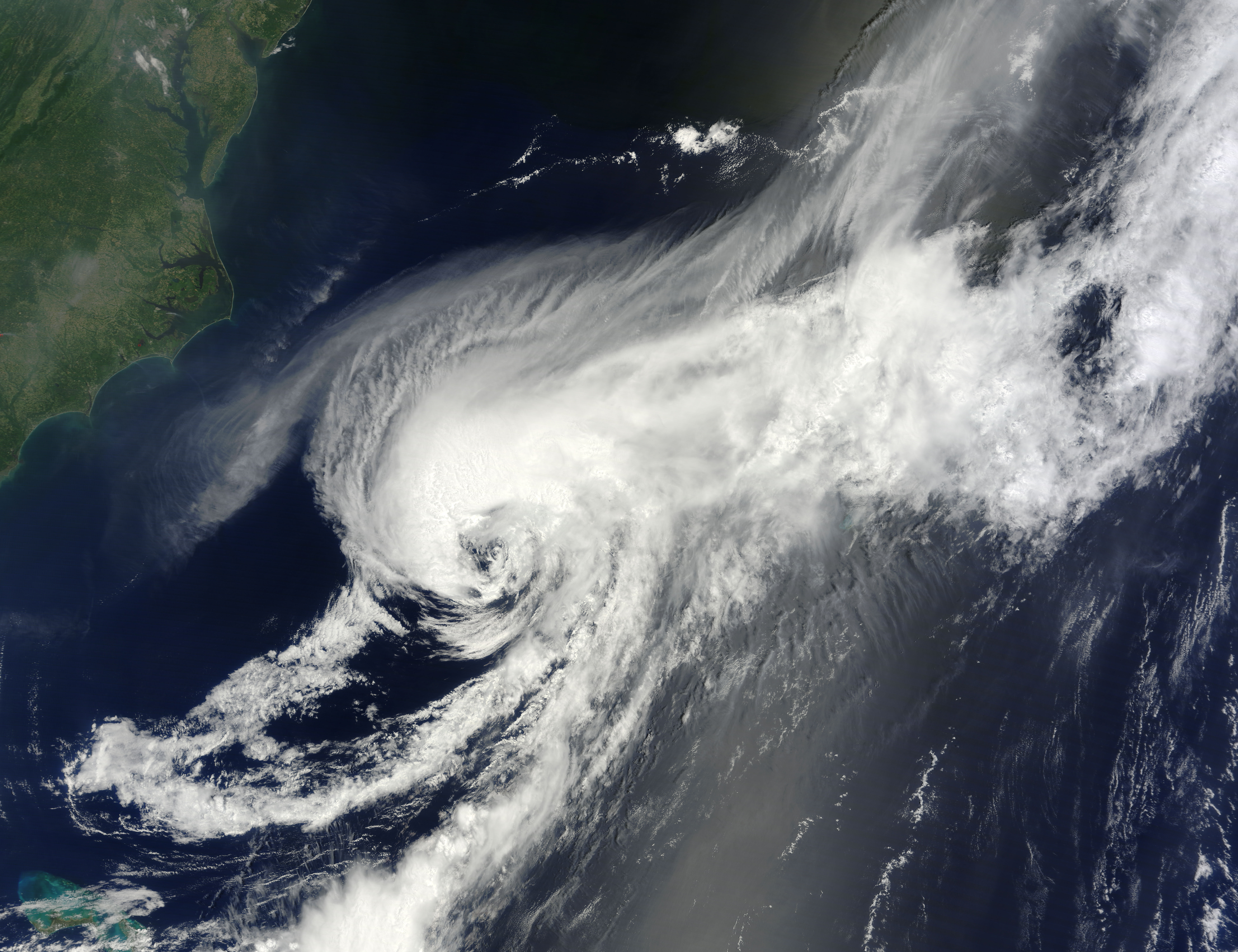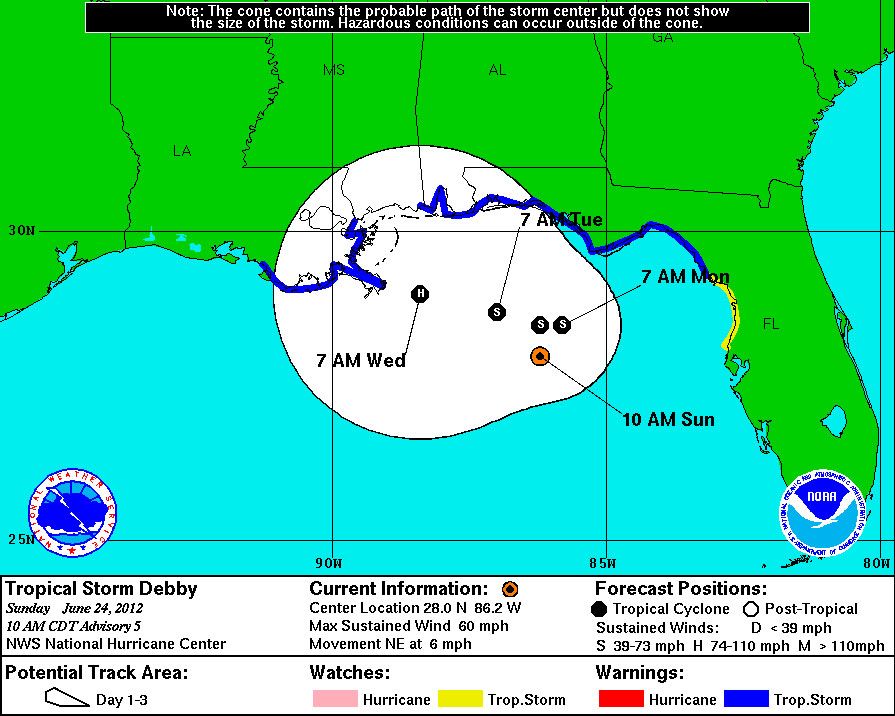Tropical Storm Debby’s Formation and Development

Tropical Storm Debby, a significant weather event in the Atlantic basin, originated from a tropical wave that emerged off the coast of Africa on June 18, 2012. This wave, a trough of low pressure embedded within the trade winds, moved westward across the Atlantic, gaining strength and organization as it interacted with favorable atmospheric conditions.
The Atmospheric Conditions
Tropical storms develop when certain atmospheric conditions are present. In the case of Tropical Storm Debby, the combination of warm ocean waters, low wind shear, and a pre-existing area of low pressure facilitated its formation and intensification. The warm waters provided the energy needed for the storm to develop, while the low wind shear allowed the storm’s structure to remain organized and prevent its dissipation.
The Stages of Development
The development of a tropical storm from a tropical wave involves a series of stages. The initial stage is marked by the formation of a low-pressure area within the wave, which then begins to develop a closed circulation. As the storm intensifies, it progresses through various stages, including a tropical depression, tropical storm, and eventually a hurricane. In Debby’s case, the tropical wave gradually intensified into a tropical depression on June 20, 2012, and then into a tropical storm on June 21, 2012, as its maximum sustained winds reached 39 mph.
Notable Aspects of Debby’s Formation, Tropical storm debby hurricane
Debby’s formation was notable for its rapid intensification, transitioning from a tropical depression to a tropical storm within a 24-hour period. This rapid intensification was attributed to the presence of a strong upper-level trough that helped to draw in moisture and create favorable conditions for the storm’s development.
Impacts of Tropical Storm Debby: Tropical Storm Debby Hurricane

Tropical Storm Debby, while classified as a relatively weak storm, left a significant mark on the regions it traversed. Its impact extended beyond the immediate areas of landfall, causing widespread disruptions and damage.
Infrastructure Damage
Tropical Storm Debby’s heavy rainfall and strong winds resulted in considerable infrastructure damage across the affected regions.
- Roads and bridges were severely damaged or washed away by flooding, disrupting transportation networks and hindering emergency response efforts.
- Power lines were downed, leading to widespread power outages that impacted homes, businesses, and critical infrastructure.
- Buildings sustained structural damage, with roofs being ripped off and walls collapsing due to the combined effects of wind and heavy rainfall.
Agricultural Losses
The storm’s prolonged rainfall caused widespread flooding in agricultural areas, leading to significant crop damage and livestock losses.
- Crops, including fruits, vegetables, and grains, were submerged in floodwaters, resulting in substantial yield losses and financial hardship for farmers.
- Livestock were killed or displaced by the flooding, leading to economic losses for farmers and disrupting the agricultural supply chain.
- The storm’s impact on agricultural infrastructure, such as irrigation systems and farm buildings, further exacerbated the agricultural losses.
Human Casualties
While Tropical Storm Debby was not as intense as some hurricanes, it still resulted in human casualties, primarily due to flooding and landslides.
- Several individuals lost their lives in floodwaters, either by drowning or being swept away by currents.
- Landslides triggered by heavy rainfall caused fatalities and injuries, as well as damage to homes and infrastructure.
- The storm’s impact on transportation networks hindered rescue efforts, contributing to the number of casualties.
Flooding
Tropical Storm Debby’s prolonged rainfall resulted in widespread flooding, particularly in low-lying areas and river basins.
- Rivers overflowed their banks, inundating nearby communities and causing significant damage to homes, businesses, and infrastructure.
- Floodwaters contaminated drinking water supplies, posing a health risk to residents.
- The flooding disrupted transportation networks, isolating communities and hindering emergency response efforts.
Wind Damage
While Tropical Storm Debby’s winds were not as strong as those associated with hurricanes, they still caused significant wind damage.
- Trees were uprooted or snapped, causing damage to homes, power lines, and other infrastructure.
- Signs and billboards were blown down, creating hazards for motorists and pedestrians.
- Roof damage was reported in several areas, with some roofs being completely ripped off by the strong winds.
Storm Surge
Tropical Storm Debby’s storm surge, though not as significant as that associated with hurricanes, still caused coastal flooding and erosion.
- Coastal areas experienced flooding due to the storm surge, inundating homes and businesses and causing damage to infrastructure.
- The storm surge eroded beaches and shorelines, altering the coastal landscape and impacting coastal ecosystems.
- The storm surge also caused damage to boats and marinas, impacting coastal economies and recreational activities.
Response and Recovery Efforts

Tropical Storm Debby’s impact demanded a swift and coordinated response from various agencies and communities. From immediate relief efforts to long-term recovery plans, the storm tested the resilience of the affected areas.
Local, State, and Federal Response
The response to Tropical Storm Debby involved a multi-layered approach, with local, state, and federal agencies working together to provide immediate relief and support to affected communities.
- Local authorities, such as police departments, fire departments, and emergency management agencies, were at the forefront of the response, coordinating search and rescue efforts, providing shelter for displaced residents, and distributing essential supplies.
- State governments activated emergency response teams, deployed National Guard units to assist with evacuations and infrastructure repairs, and provided financial aid to local governments for recovery efforts.
- The federal government, through agencies like FEMA (Federal Emergency Management Agency), provided funding for disaster relief, offered temporary housing assistance, and coordinated with other federal agencies to address the long-term recovery needs.
Mitigation and Recovery Measures
In the aftermath of the storm, a wide range of mitigation and recovery measures were implemented to address the immediate and long-term impacts.
- Emergency crews worked tirelessly to restore power, clear debris from roads and infrastructure, and repair damaged buildings and homes.
- Health officials conducted inspections and provided medical assistance to residents, ensuring access to healthcare and addressing potential health risks associated with the storm.
- The government, along with non-profit organizations, established temporary shelters and provided food, water, and other essential supplies to those affected by the storm.
Community Response and Volunteer Efforts
The community response to Tropical Storm Debby was remarkable, with individuals and organizations coming together to provide support and assistance.
- Local residents organized community clean-up efforts, helping to remove debris from streets and neighborhoods.
- Volunteer groups provided meals, clothing, and other essential items to those in need, offering a sense of support and compassion during a difficult time.
- Businesses and organizations donated funds and resources to support relief efforts, demonstrating a strong sense of community spirit.
Long-Term Recovery Process
The recovery process following Tropical Storm Debby was a long and challenging journey, requiring sustained efforts from various stakeholders.
- Rebuilding homes and businesses, restoring infrastructure, and revitalizing the economy were key priorities in the long-term recovery plan.
- The government and non-profit organizations worked together to provide financial assistance, housing support, and counseling services to help affected communities rebuild their lives.
- Addressing the long-term impacts of the storm, such as mental health issues, economic hardship, and environmental damage, required a multi-faceted approach involving government agencies, community organizations, and individuals.
Tropical storm debby hurricane – Tropical Storm Debby was a rough one, leaving a lot of folks dealing with the aftermath. It’s amazing how nature can throw us a curveball, just like the complex situation between Israel and Hamas. Understanding the motivations and strategies of Israel Hamas leaders can shed light on the challenges they face.
But back to Debby, the storm’s impact on infrastructure is a reminder of the importance of preparedness, something we can all learn from.
Tropical Storm Debby brought a lot of rain and wind, but it also brought out the squirrels! They were scrambling for food after the storm, and I thought about setting up a table and chair squirrel feeder to help them out.
I’m sure they’d appreciate it, especially since the storm knocked down a lot of their favorite nuts and seeds. I hope the weather clears up soon so they can get back to their normal routines.
